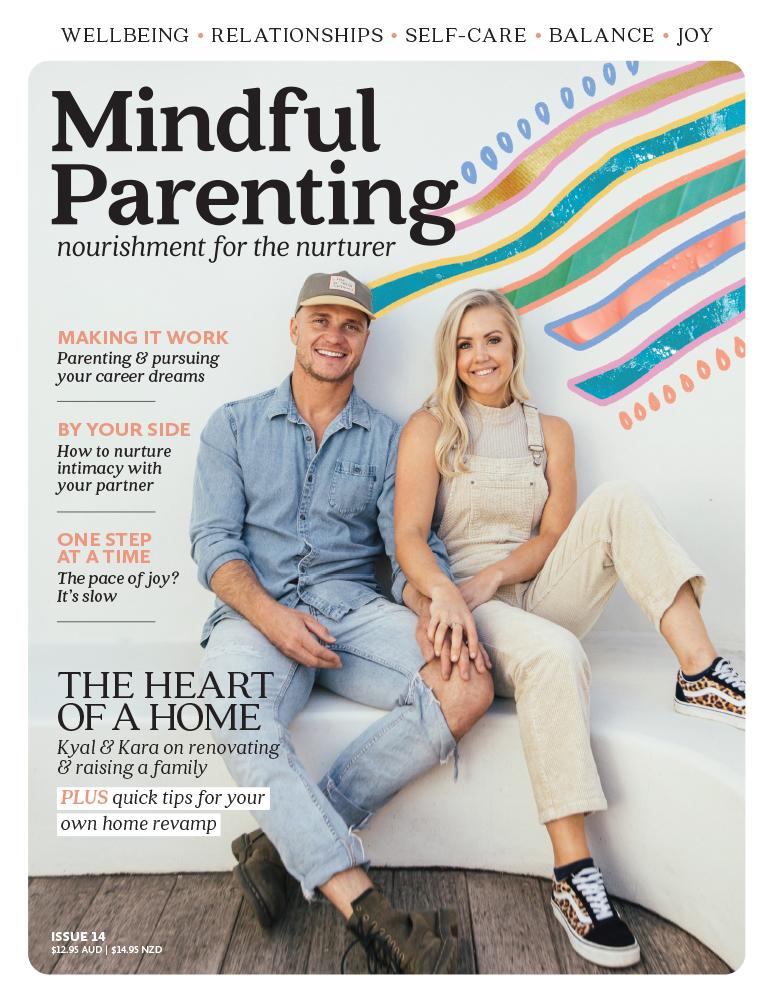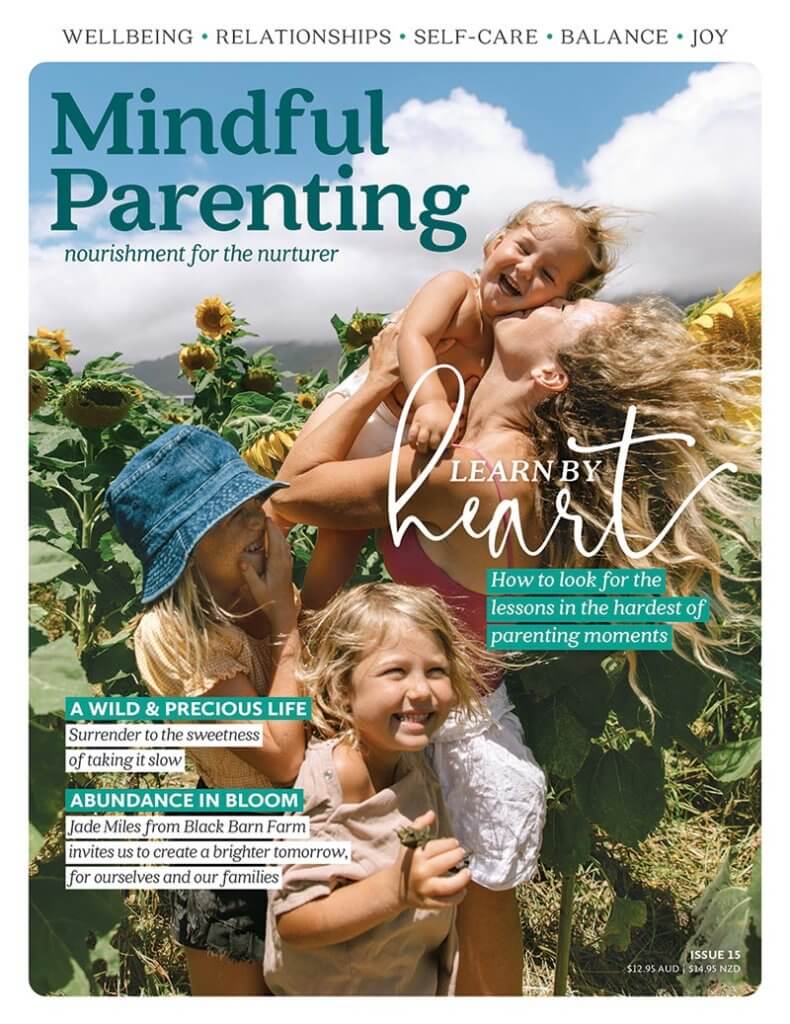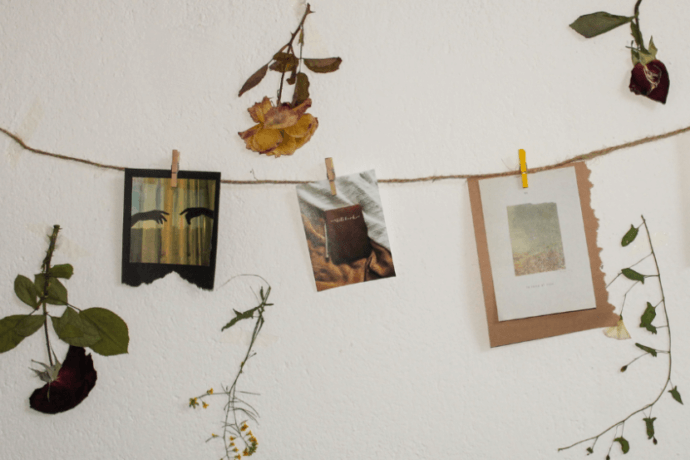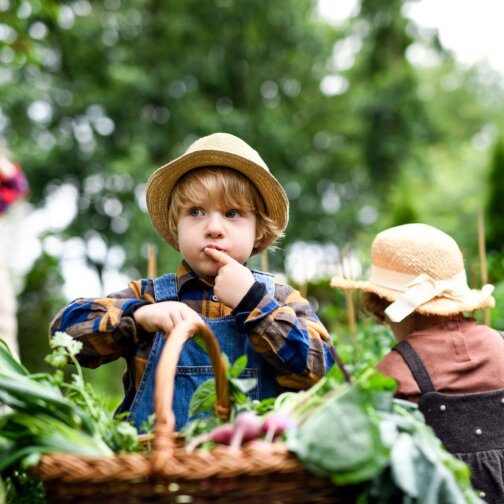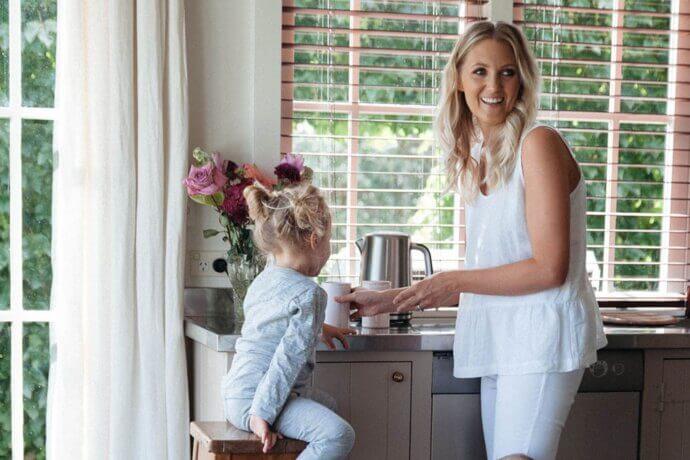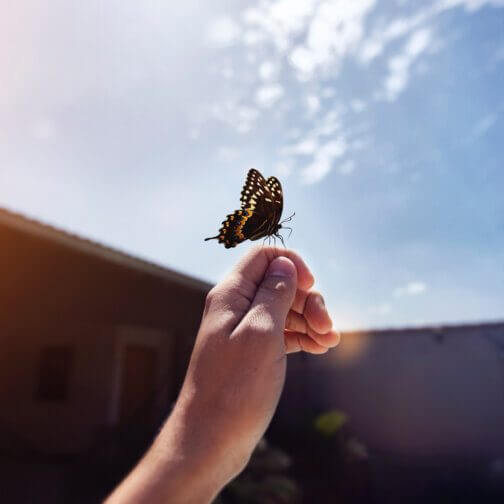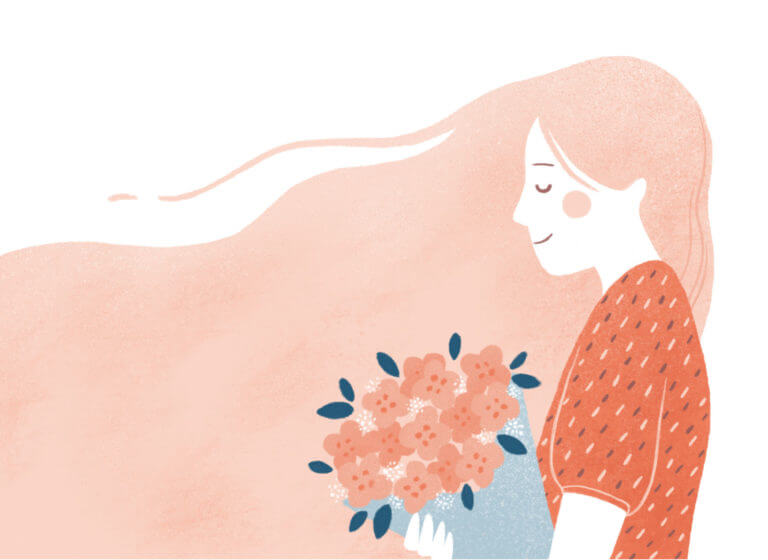
Sharing is a very mature and adult concept in my opinion, yet I don’t know how well we actually do it as adults.
When our babies turn into toddlers, the concept of ‘mine’ kicks in, whether it is at preschool or in playgroup or a play date with friends, there is competition for ownership. As a parent, I’m finding it particularly difficult to teach sharing amidst public tantrums and outbursts. Slowly and gradually though, my son is learning.
Considered ‘correct’ social behaviour, sharing demonstrates what it means to be kind and generous – the altruistic traits we hope our children will not only display, but be shining beacons of to their peers. But to a toddler, these vast concepts mean very little when the whole world revolves around you… well, so they think.
Psychologist Melanie Kelly has worked with families in a variety of different capacities and settings for over the past 20 years. She explains that sharing is difficult for children, especially under the age of four years, because they do not have a clearly established ‘theory of mind’. “The theory of mind,” she enlightens, “is the capacity to see the world through another person’s eyes and being able to empathise with them. This involves seeing the causes and consequences of emotional states and then being able to predict behaviours. This is why children aged less than four find it difficult to understand why not sharing would be upsetting for others.”
It was Sigmund Freud who focused on the instinctual urges of humans and deduced that children are directed toward satisfying their own instinctual needs. He explained that children do not fully understand the needs of others until the age of seven years when they have a clearly formed ‘superego’ and an established ability to apply moral reasoning to a situation. “This includes knowing the difference between right and wrong and, further, the possible positive or negative consequences of particular behaviours,” Kelly continued.
Katherine Dampney, mother to three – Sophie, six; Adam, four; and Liam, nine months – is from Sydney, NSW, and is well accustomed to the growing pains of learning how to share. “I think it is a difficult concept to teach a child because even as adults, we don’t have to share in the same way. Sharing often for children is also another way to say: give away.”
Despite children finding it difficult to share because their immediate response is to gratify their own needs, Kelly points out that the time up until age seven is considered “the critical years with ample opportunities to learn value-guided actions through role-modelled behaviours.” When parents, family, teachers and older siblings demonstrate what sharing looks like, children learn, over time, that the act of giving to others will help them make and keep friends. They also learn how to play cooperatively, take turns, negotiate, and cope with disappointment. It’s about compromise and fairness, and they learn that if they give a little to others, they can get some of what they want too. “It also helps teach children a sense of community and the importance of looking after each other,” Katherine added.
TIPS FOR TEACHING HOW TO SHARE
Explain in advance
Prepare your toddler for opportunities to share so they know what to expect. “I think it’s best to have a chat with your toddler beforehand to explain what will happen. For example, ‘There is a line for the swings, so we will have our turn and then we will let someone else have a turn and share.’ Explain that at playgroup ‘everything here is for sharing, so we will let others have a turn as it’s important to be kind and share’,” enlightened Katherine.
Turn it into a game
As children get older, use a stopwatch such as one on your phone to encourage siblings to share fairly, but to also turn sharing into a game. Give the kids five minutes to be as creative and as inventive as they can be with the toy, craft materials or when building castles at the beach. Also be a part of the games yourself and talk your child through the steps. For example, ‘Now it’s my turn to build the tower, then it’s your turn. You share the red blocks with me, and I’ll share the green blocks with you’.
Model turn taking
Children learn through observation and imitation, and their little eyes are watching what you do all the time. When you model good sharing and turn taking in your family, it gives your children a great example to follow. Whether it is at the dinner table, doing the dishes or the laundry, watching your favourite Netflix saga or watering the garden, demonstrate what it means to share both the responsibility and the enjoyment.
Provide opportunities to practise
Children also need opportunities to practise sharing. Talk about why sharing is good for your child and for others. You can say something like, ‘When you share your toys with your friend, everyone gets to have fun’. Point out good sharing in others. For example, ‘Your friend was sharing her toys really well. That was very kind of her’. Kelly added: “It is important to also include children in gift giving, sharing food, or pointing out to children those that may look alone and how their inclusion could make them feel better.”
Praise their efforts
When you see your child trying to share or take turns, give them ample praise and attention, for example, ‘I liked the way you let Mia play with your truck. Great sharing!’ And even if sharing was a struggle for them and not so seamless, still reward their efforts. ‘I know that was a really hard thing for you to do, giving up your dolly. I am so proud of you. Look how happy Jodie is now.’ While we want our children to share without hesitation, it is also more than OK for some precious toys to be kept just for them. You wouldn’t share your wedding ring or that hand-knitted cardigan from your Nanna or the Egyptian silk sheets on your bed, so leave these special items at home and pop them away when the kids come to play.
Words by Leah Davies
